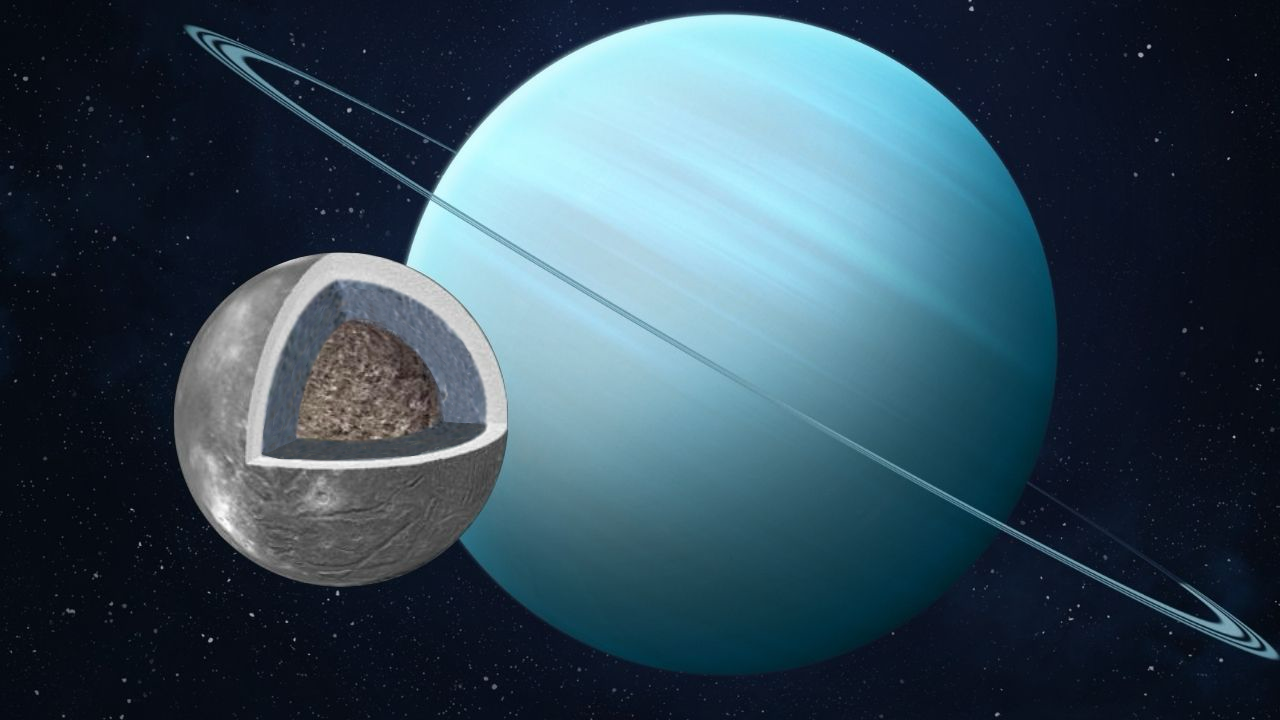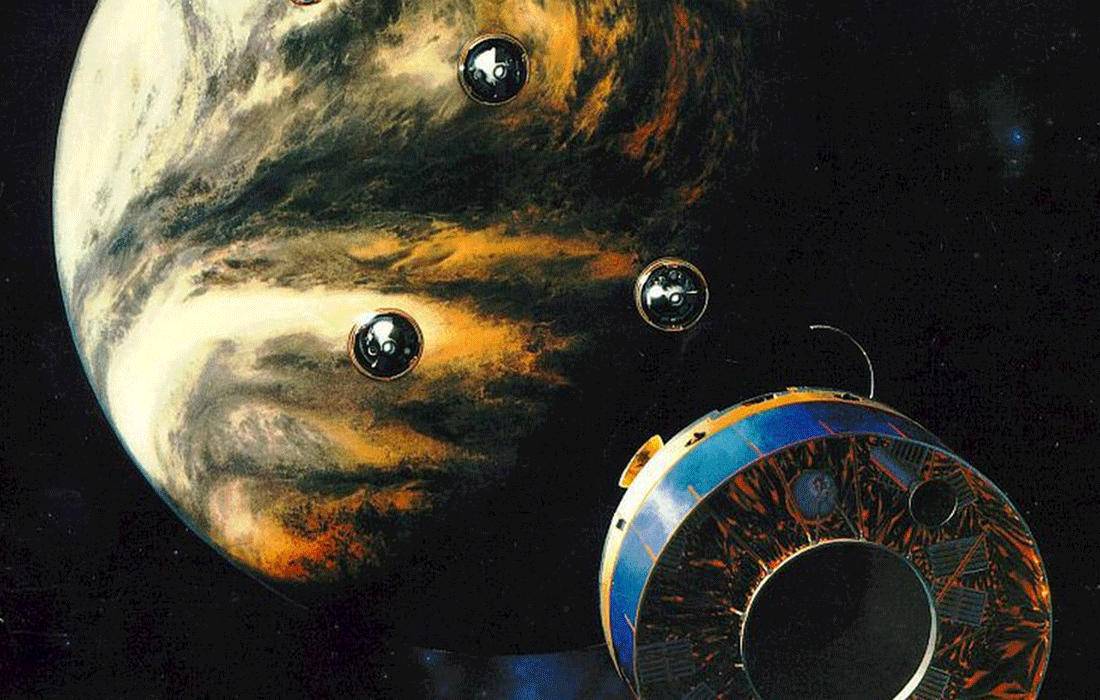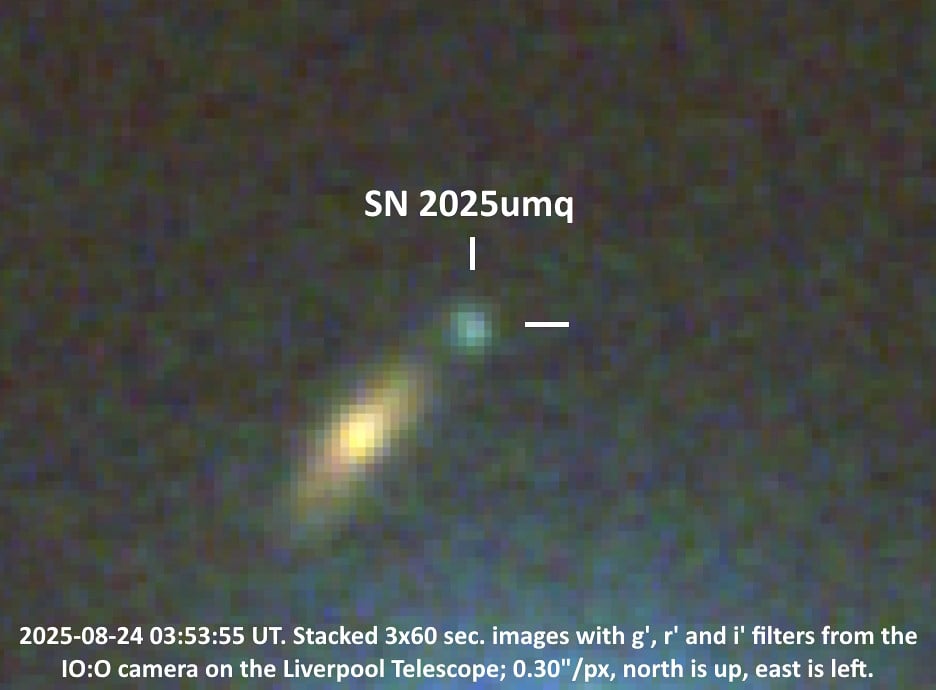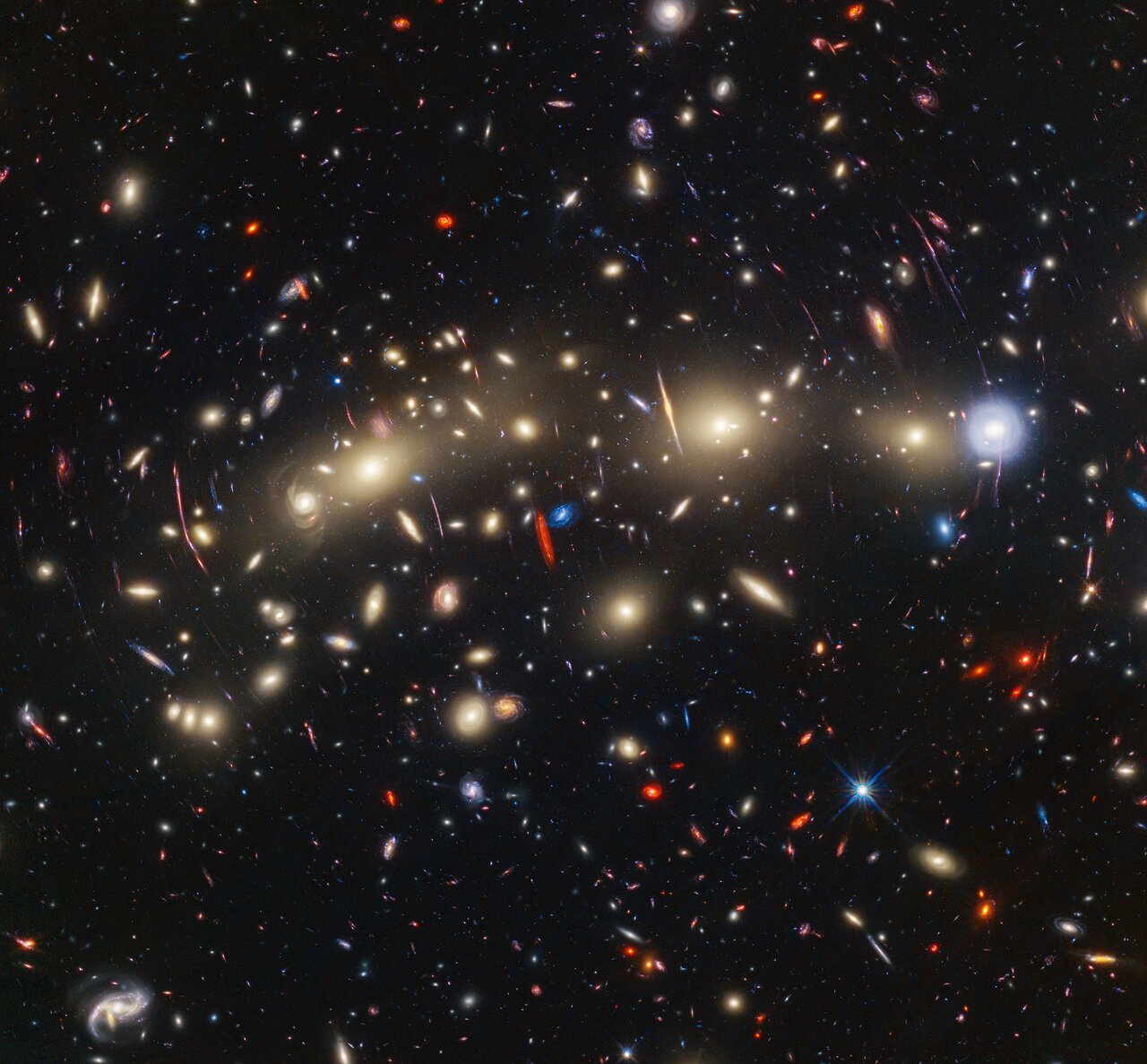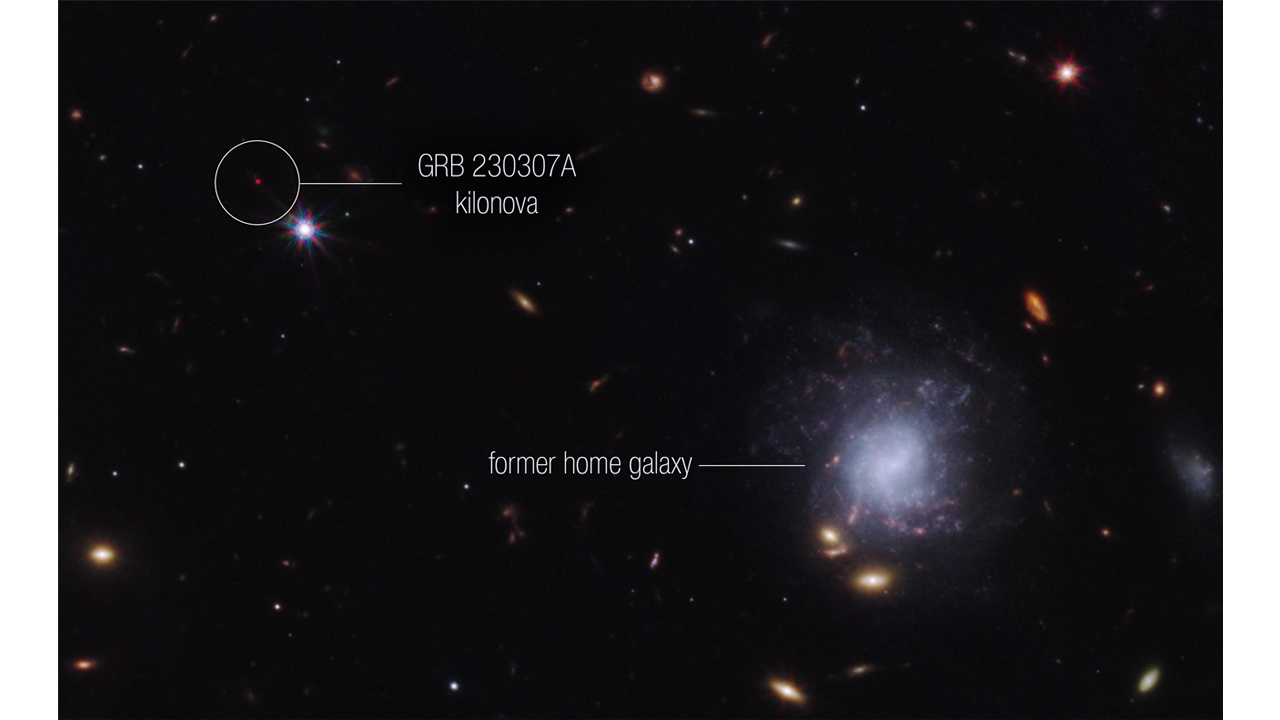Modeling something like geysers on a far-away moon seems like it should be easy. How much complexity could there possibly be when a geyser is simply a hole in some
Universe Today15- Page
Interest in icy moons has been growing steadily as they become more and more interesting to astrobiologists. Some take the majority of the attention, like Enceladus with its spectacular geysers.
Reanalyzing old data with our modern understanding seems to be in vogue lately. However, the implications of that reanalysis for some topics are more impactful than others. One of the
There are plenty of exoplanets scattered throughout the galaxy, so it would stand to reason there are also plenty of stars that are in the process of forming new exoplanets.
Astronomy is increasingly becoming an online affair. Recent discoveries of interstellar Comet 3I/ATLAS and R2 SWAN highlighted this fact, when both were first discussed on message boards and verified via
The Search for Extraterrestrial Intelligence (SETI) has a data scale problem. There are just too many places to look for an interstellar signal, and even if you’re looking in the
Dark matter, as its name suggests, is really dark, so dark in fact that it doesn’t interact in any way with light or any other part of the electromagnetic spectrum.
Gamma ray bursts are among the most luminous explosions in the universe, briefly outshining entire galaxies in a violent flash of energy. For decades, scientists have debated what powers these
What type of lander could touch down on Jupiter’s volcanic moon, Io? This is what a recent paper presented at the AIAA 2025 Regional Student Conference hopes to address as
If a new proposal by MIT physicists bears out, the recent detection of a record-setting neutrino could be the first evidence of elusive Hawking radiation.
-
 012024 in Review: Highlights from NASA in Silicon Valley
012024 in Review: Highlights from NASA in Silicon Valley -
 02Panasonic Leica Summilux DG 15mm f/1.7 ASPH review
02Panasonic Leica Summilux DG 15mm f/1.7 ASPH review -
 03How New NASA, India Earth Satellite NISAR Will See Earth
03How New NASA, India Earth Satellite NISAR Will See Earth -
 04And Thus Begins A New Year For Life On Earth
04And Thus Begins A New Year For Life On Earth -
 05Astronomy Activation Ambassadors: A New Era
05Astronomy Activation Ambassadors: A New Era -
06SpaceX launch surge helps set new global launch record in 2024
-
 07Space Force plans new ‘Futures Command’ amid pressure to speed up modernization
07Space Force plans new ‘Futures Command’ amid pressure to speed up modernization



